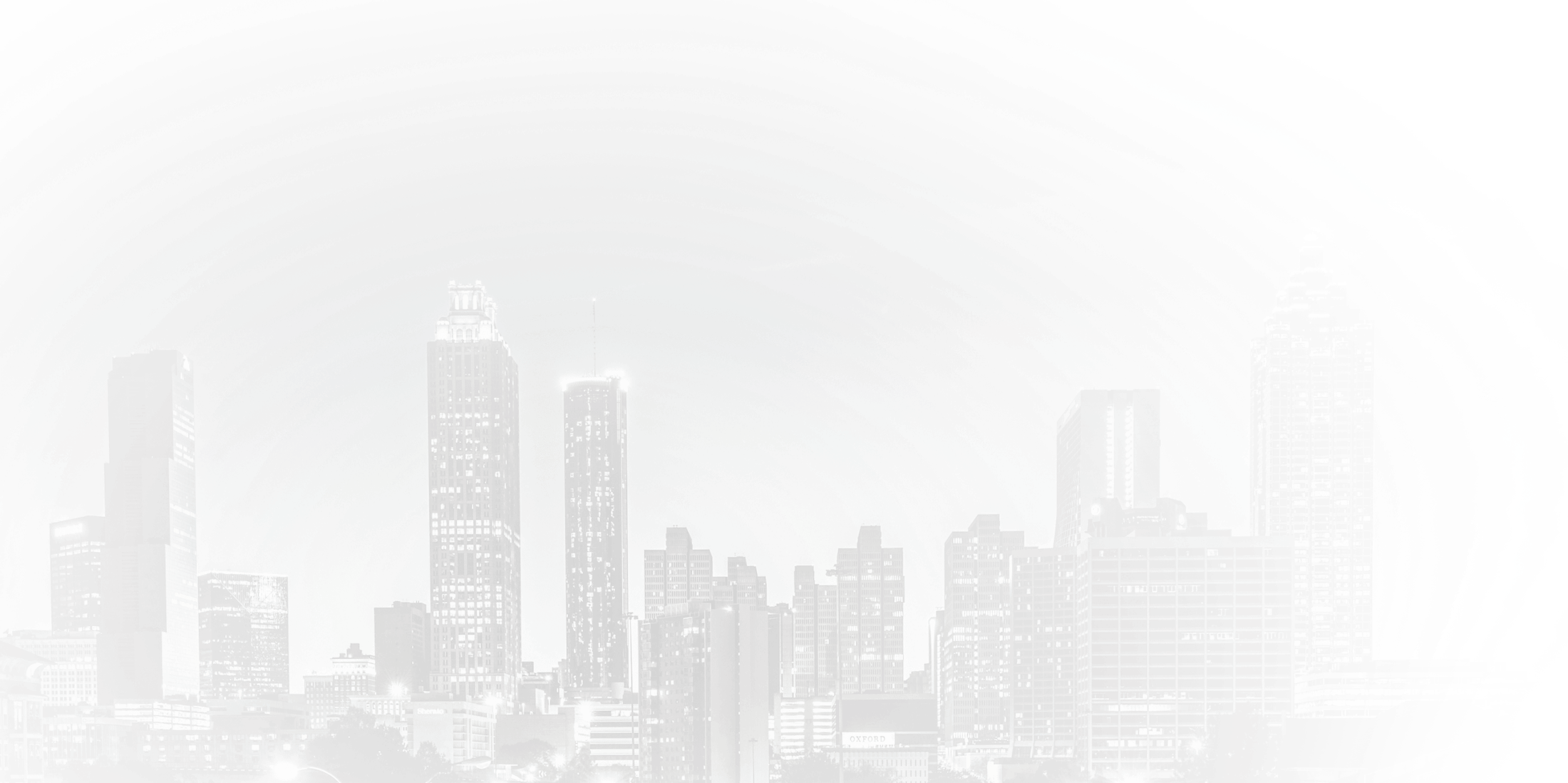The injuries you sustain after experiencing a rear-end collision differ vastly from those caused by other car accidents. For example, you may suffer dislocated shoulders, fractures, sprains, and strained muscles because of how a rear-end collision jolts your body forward and back. When you struggle to overcome the neck pain, soreness, migraines, and other injuries associated with your car accident, you may require medical treatment and time off from work. Fortunately, these costly expenses can be compensated for by a settlement for your damages.
What Are The Next Steps?
Your rear-end collision attorney takes over your settlement case and will be proactive about negotiating fair compensation with the other party and their insurance company. Our firm is determined to make sure you receive proper compensation for your injuries and will do our best to obtain an amount that accurately reflects how badly you’ve been wounded. We represent your case using the evidence you provide, in addition to evidence we find during our investigation. To learn more about the process and how to get started, speak to a competent rear-end collision lawyer today. Contact Georgia Trial Firm for a free consultation.



